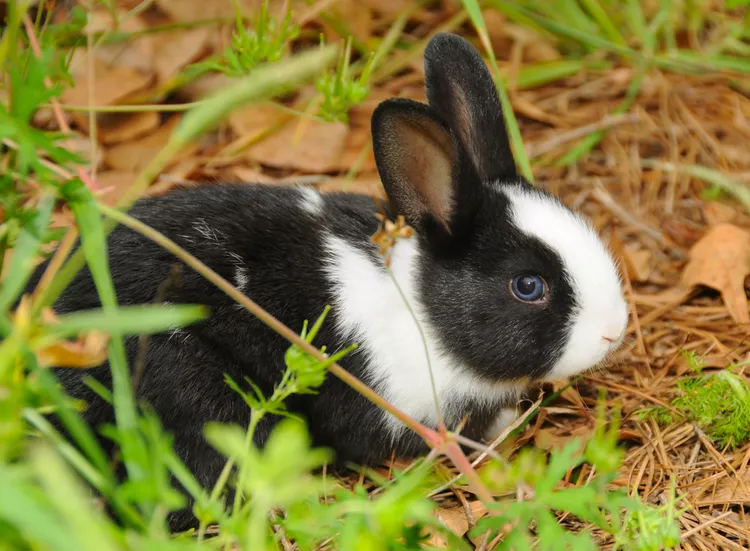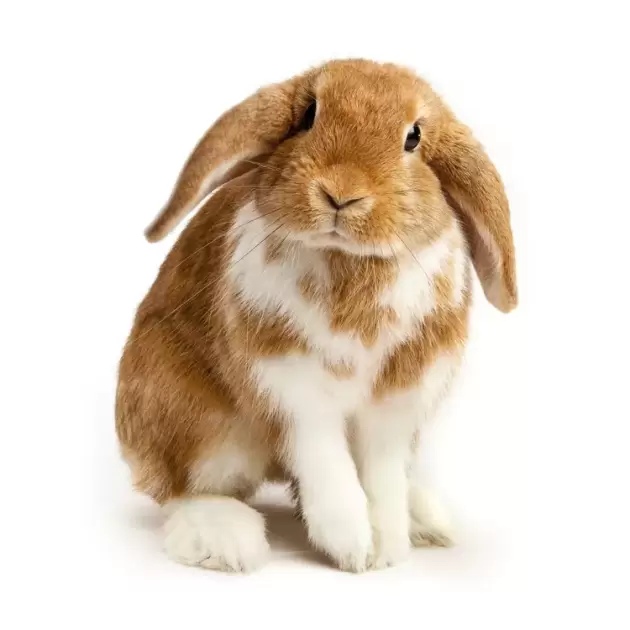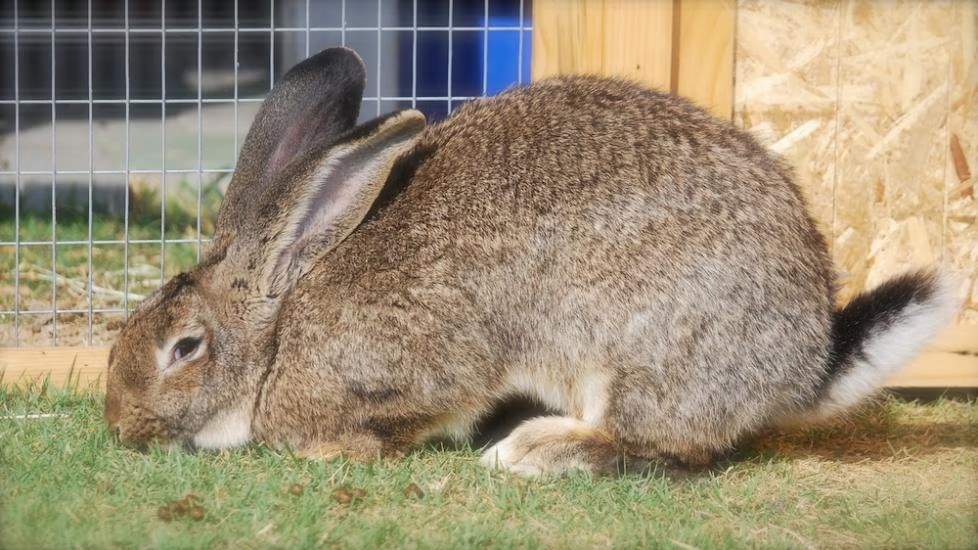Description
The Dutch Rabbit is a charming breed known for its distinctive markings, balanced meat-to-bone ratio, and friendly temperament. Originating from the Netherlands, this breed is popular for both pet and show purposes, as well as for small-scale meat production.
Appearance and Colors: Dutch Rabbits are easily recognized by their unique color pattern. They have a white blaze on their face, white saddle, and colored hindquarters. Common colors include black, blue, chocolate, gray, steel, and tortoise. They have a compact and well-rounded body, typically weighing between 4-6 pounds (1.8-2.7 kg).
Weight Comparison Table:
| Rabbit Breed | Average Weight (lbs) | Average Weight (kg) | Age to Market Weight (weeks) |
|---|---|---|---|
| Dutch | 4-6 | 1.8-2.7 | 8-10 |
| Chinchilla | 9-12 | 4-5.4 | 10-12 |
| Flemish Giant | 15-22 | 6.8-10 | 12-14 |
| New Zealand | 9-12 | 4-5.4 | 8-10 |
| Californian | 8-10.5 | 3.6-4.8 | 8-10 |
Meat Quality: Dutch Rabbits have a balanced meat-to-bone ratio, providing tender and flavorful meat. They are not primarily bred for meat, but they can be a viable option for small-scale meat production due to their efficient growth rate and manageable size.
Maturity Duration: Dutch Rabbits grow quickly, reaching market weight within 8-10 weeks. Their rapid maturity and small size make them suitable for small-scale and backyard meat production.
Behavior: Known for their calm and friendly nature, Dutch Rabbits are easy to handle and make excellent pets. They are social and enjoy interaction, making them popular among families and rabbit enthusiasts.
Commercial Meat Production: Dutch Rabbits are not the ideal choice for large-scale commercial meat production compared to breeds like New Zealand or Californian rabbits, which offer a higher meat yield and grow faster. However, they are suitable for small-scale operations and backyard farming.
Who Should Choose This Breed: Those looking for a dual-purpose rabbit that offers both meat and companionship will find Dutch Rabbits to be an excellent choice. Their manageable size, friendly temperament, and distinctive appearance make them a versatile breed for small-scale farming, pets, and show purposes.
Similar Breed Confusion: Dutch Rabbits are often confused with Checkered Giant and Havana Rabbits due to their similar markings and body shapes. However, they can be differentiated by their size and specific color patterns.
Comparison Table:
| Feature | Dutch Rabbit | Checkered Giant Rabbit | Havana Rabbit |
|---|---|---|---|
| Fur Color | White blaze, saddle, colored hindquarters | White with black or blue spots | Solid colors (black, blue, chocolate, etc.) |
| Fur Texture | Soft, short | Short, dense | Soft, short |
| Average Weight | 4-6 lbs (1.8-2.7 kg) | 11-16 lbs (5-7.3 kg) | 4.5-6.5 lbs (2-3 kg) |
| Body Structure | Compact, well-rounded | Large, arched | Compact, cylindrical |
| Primary Use | Pets, show, small-scale meat | Show, meat | Pets, show |
Choose Dutch Rabbits for a versatile addition to your rabbitry, combining meat production with a friendly temperament and distinctive appearance.











Reviews
There are no reviews yet.